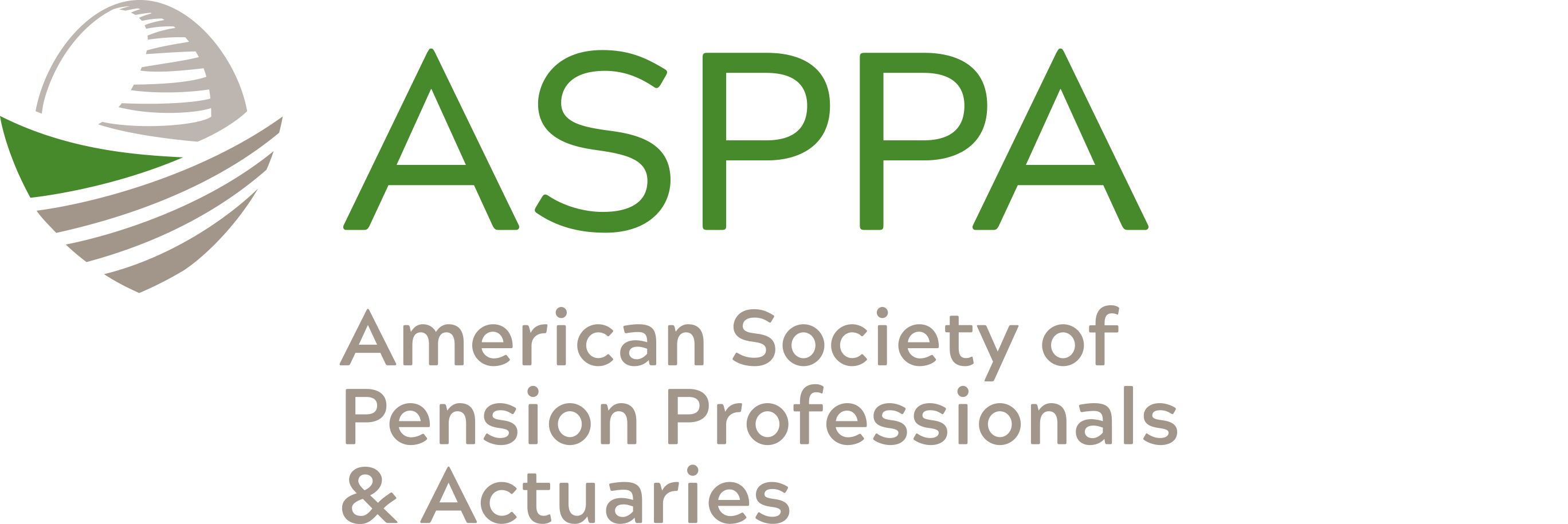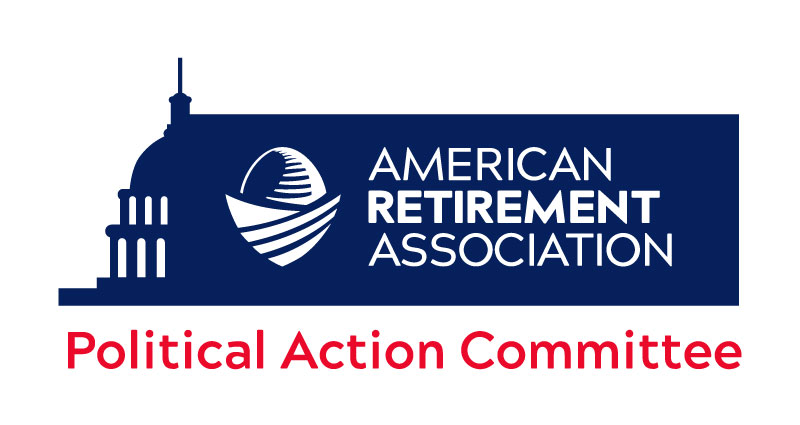Ignorance is bliss — so says the oft-quoted maxim. But more often than not, that is decidedly not the case; for instance, in being ready to retire. Thus the importance of educating all of the many parties that have a role in, and affect, retirement readiness of real people and those who depend on them.
That education entails more than seminars, online instruction for employees, and conferences for professionals and plan administrators. An increasing number of states are not content to limit that to people who can vote.
More and more states are expanding their conception of literacy to incorporate personal finances — which will help lay the groundwork for them to prepare for a financially secure retirement.
More than half the states have put in place requirements that high school students take a class that entails instruction in some form of financial literacy. The first to require high schools to put that in their curricula was Utah in 2008. The year after, Virginia enacted a measure setting personal finance requirements for high school graduates; it went into effect for the class of 2015.
Alabama was another early adopter; its requirement that students receive instruction on financial literacy kicked in with the 2013-2014 school year. Tennessee established theirs in 2013; Missouri did so in 2017. Twenty-two sister states have joined those first five and either have such requirements in place now or will within the next five years.
Reach of the Mandate
Most states that have financial literacy requirements in place explicitly set forth that public schools are required to implement curricula to impart that knowledge.
Some, like Nebraska, are explicit in saying that. Ohio, however, is not; rather, it implies that by saying that students in private schools and charter schools are not required to take classes in financial literacy. Others, however — like Indiana — require that students in both public and private schools receive education in financial matters.
The states also vary regarding the age levels they target in the financial literacy classes. Mississippi’s financial literacy classes, for instance, are part of the College and Career Readiness course. Florida, however, is not content to limit such instruction to only high school students; they start with kindergarten.
Credit Where Credit Is Due
The amount of credit students earn for taking financial literacy-related classes varies.
Some states mandate how much credit a student earns taking the required coursework, but Minnesota leaves it up to the individual school districts to determine that, calling it “a locally determined decision” and giving them the flexibility to consider “local factors” such as trimester vs semester scheduling, block schedules, and virtual instruction.
In Connecticut, Florida, Georgia, Iowa, Kansas, Kentucky, Michigan, Missouri, Ohio, Oregon, South Carolina, Tennessee, West Virginia, and Wisconsin students will satisfy the financial literacy requirement with a half-semester class.
Creative and Committed
There is no uniform curriculum across the states that require students to take financial literacy classes. Rather, like the variations that distinguish each state, their systems have nuances unique to them and the way officials determine it best to instruct their students.
Rhode Island, for instance, is flexible. It makes it a graduation requirement that all students show some kind of proficiency in financial literacy — but there are many ways students in the Ocean State can do that:
- successful completion of a standalone financial literacy course of study aligned with the state’s financial literacy standards;
- successful completion of a project aligned with the state’s financial literacy standards;
- successful completion of a financial literacy assessment aligned with the state’s financial literacy standards and taken in a controlled testing environment; or
- another demonstration of proficiency approved by the Council on Elementary and Secondary Education.
Florida gives school systems, schools, and teachers considerable latitude in the materials they provide and use with students. These include text or narration, visuals, assignments and assessments that are provided via print, audio; or visual media; CDs; DVDs; PowerPoint presentations; or software adaptable for interactive whiteboards.
But no state is as creative as Alabama in giving the subject matter some extra zhuzh. One of the tools by which it provides financial education to students is Financial Football, a football-themed game developed by the state Treasurer’s office, Visa Inc., the National Football League, and Regions Bank.
And Minnesota means business. The Land of 1,000 Lakes is not content to leave instruction on financial matters to just anyone. A teacher of a personal finance course must have a field license or out-of-field permission in agricultural education, business, family and consumer science, social studies, or math.
What’s in the Curriculum?
So what are the students learning through these classes? That depends on which state one is in. Here’s a sampling.
Alabama: managing finances and budgeting, saving and investing, banking and financial institutions, credit and debt, and risk management and insurance.
Florida: saving, investing, filing taxes, loan applications, contracts, money management, opening bank accounts, computing interest, insurance policies, and budgeting.
Kentucky: saving, budgeting, investing, insurance, risk management, taxes, debt management, and credit.
Mississippi: how to pay for college, choosing a career, setting financial goals, controlling and managing credit and debt, and building wealth.
North Carolina: the true cost of credit, choosing and managing a credit card, home mortgages, credit scores, credit reports, and borrowing money.
Virginia: personal finance and economics.
Wisconsin: money management, credit and debt, risk management, insurance, financial mindset, employment, saving, and investing.
And some states are flexible. Missouri and Nebraska don’t set a curriculum that applies to the whole state. Nebraska leaves it up to each district to decide what courses and what materials qualify for the personal finance course it requires. Missouri leaves it up to local districts and individual schools to set the curriculum for the financial literacy education it requires, including sourcing textbooks, materials, and curriculum.
Looking Ahead
A majority of the states may have financial education requirements in place, but not all have kicked in just yet. In 14 of those, that will take place in the next five years.
2026: Ohio’s class of 2026 is the first for which it is a graduation requirement for them to have taken such classes.
2027: The graduation requirement that high school students receive instruction on financial matters will be implemented in 2027 in Florida, Louisiana, New Hampshire, and Oregon.
2028: In Georgia, Indiana, Michigan, Minnesota, South Carolina, and Wisconsin, the requirement that students take a class related to financial literacy starts with the 2028 graduating class.
2029: Kentucky will require all public high school students to take a personal financial literacy course.
2030: Completing a personal finance course in order graduate will become mandatory in California and Pennsylvania.
The Big Picture
Financial literacy classes are intended to inculcate skills meant to last a lifetime. The Virginia Department of Education, for instance, in its discussion of its economics and personal finance education programs says, “Instruction in economics and personal finance prepares students to function effectively as consumers, savers, investors, entrepreneurs, and active citizens.”
Officials also see such programs as investments in the future — and not just for students, but also for communities and society at large. In her message in the revised Wisconsin Standards for Personal Financial Literacy, Wisconsin State Superintendent of Education Carolyn Stanford Taylor wrote, “The personal financial literacy skills and knowledge learned in Wisconsin schools support all students in becoming college and career ready. Wisconsin communities are made stronger through these positive results for students.”





